Steel Giant Bows Out: Who’s Taking Over Bosnia’s Mills?
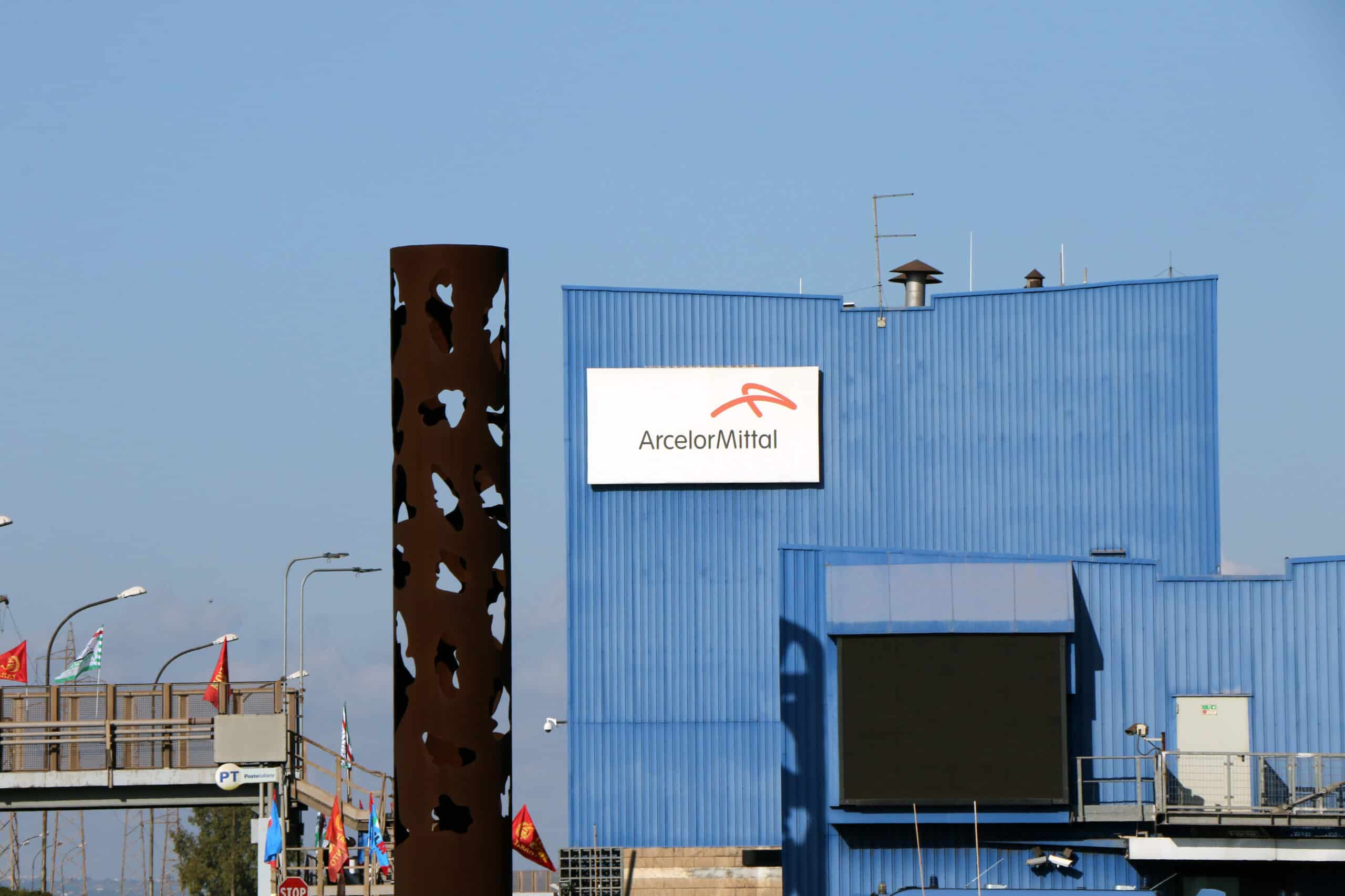
ArcelorMittal recently announced the sale of its steel plant as well as its stake in its iron ore mine in Bosnia and Herzegovina, with news reporting stating that the steel industry giant will unload the plant to Bosnian industrial conglomerate Pavgord Group. According to the details of the deal, Pavgord Group will acquire the longs producer in Zenica, located approximately 75 kilometers north of the capital, Sarajevo, as well as its iron ore plant in Prijedor, which is in Republika Srpska.
Stay ahead of volatile steel markets with expert-backed insight that helps you avoid costly surprises by subscribing to MetalMiner’s weekly newsletter.
ArcelorMittal Reports Continued Drops in Revenue
On June 20, ArcelorMittal released a statement saying, “The company has made considerable investments and efforts to keep ArcelorMittal Zenica and ArcelorMittal Prijedor within the group. However, after a thorough strategic review, the company concluded that a sale is the best solution for the development of the business and its people.”
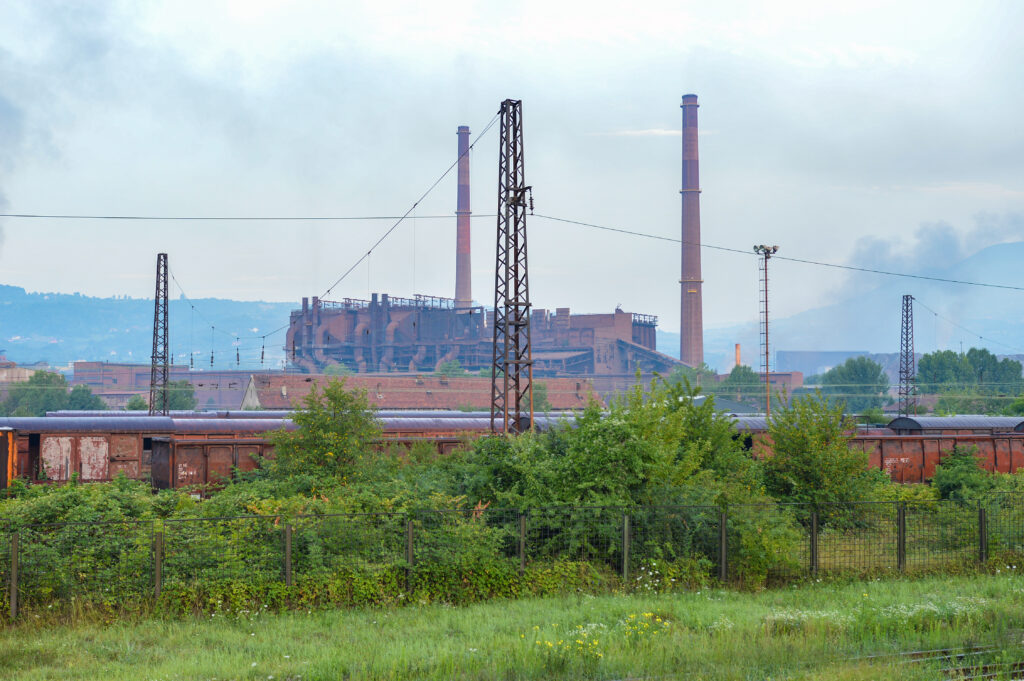
It went on to note that the “Net of sale proceeds, the company expects to record a non-cash loss on disposal of approximately $200 million (including foreign exchange losses recorded in equity since the date of acquisition).” Back in February of 2024, ArcelorMittal stated that lower steel prices against higher input costs caused its assets to record a net loss of KM159 million ($93.7 million) for 2023.
Facing challenges in tracking metal price movements? Access monthly price trends for 10 different metal industries by signing up for MetalMiner’s Monthly Metals Index Report, ensuring you’re always ahead in your sourcing strategy.
A Significant Contributor to the Local Steel Industry
The ArcelorMittal website states that the site at Zenica can roll up to 1 million metric tons of long products per year from steel produced on-site. These include bar and coil rebar in 8-32mm diameters, wire rod in 5-6mm diameters and billets in 120x120mm, 130x130mm and 150×150 dimensions. Target markets include states in the former Yugoslavia, Central and Eastern Europe, Italy and North Africa.
One steel industry watcher noted that besides unloading more peripheral operations, ArcelorMittal’s primary interest is in flat-rolled products, including high-end grades for the construction and automotive sectors.
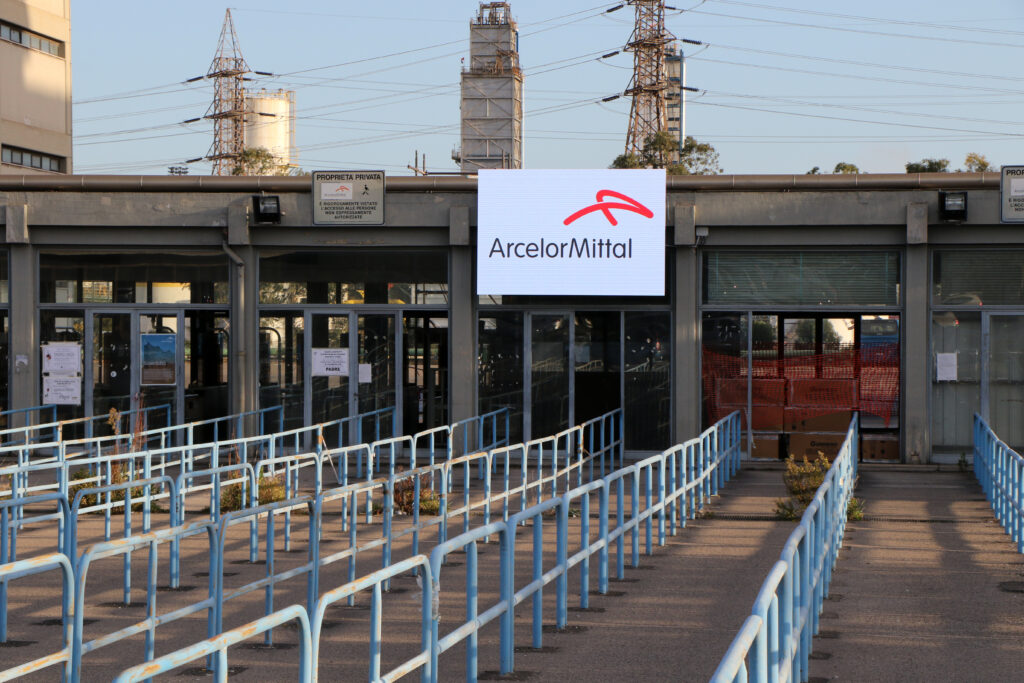
The Prijedor mine is about 55 kilometers northwest of Banja Luka and can produce 1.5-2.1 million metric tons of iron ore annually. This is also where Zenica sources most of its requirements for its blast furnace.
“The deal is expected to close in the third quarter of 2025, subject to merger control clearance and the fulfillment of all conditions precedent,” ArcelorMittal noted. “Until then, all operations of the company will continue as usual, with the full support of the local management team and the company leadership team.”
A Brief History of the Zenica Site
ArcelorMittal’s predecessor company, Ispat Steel, first acquired a 51% stake in Zenica from the state in August 2004. In late 2005, the steelmaking group, then known as Mittal Steel, acquired an additional 41% stake from the Kuwaiti Investment Authority. However, the state retained an 8% stake in the plant at that time.
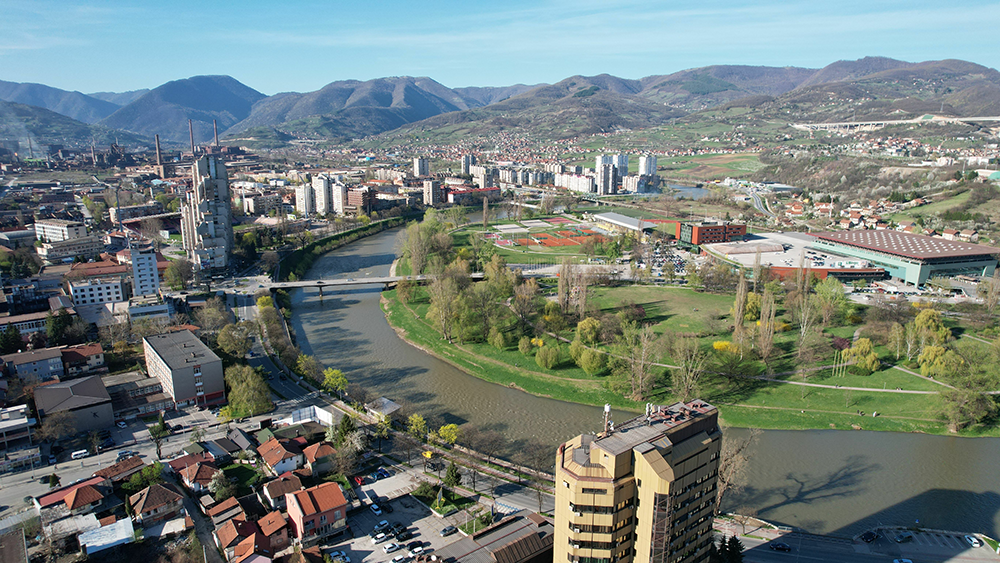
By 2018, investments in Zenica totaled more than €200 million ($231 million). One particular project included repairs to the site’s blast furnace, and ultimately lengthened its campaign by an additional 20 years. Other work included replacing the plant’s open-hearth furnaces with a new convertor sometime around 2008.
Ispat Steel also entered into a joint venture to operate the Prijedor mine with local company RŽR Ljubija in 2004, with respective stakes of 51-49%. All of these investments helped make the Zenica site a major contributor to the regional steel industry.
Frustrated with one-size-fits-all subscriptions? MetalMiner Select offers customizable access to individual metal prices or bundled packages, ensuring you pay solely for the forecasts that matter to your procurement strategy.
Big Moves for ArcelorMittal
The Zenica and Prijedor sale marks ArcelorMittal’s exit from the former Yugoslavia. In 2019, the Luxembourg-headquartered group sold its North Macedonian platemaker, ArcelorMittal Skopje, to Liberty Steel. That deal was part of its divestment package with the European Commission to obtain control of the Italian steelmaking group Ilva.
Besides selling assets, ArcelorMittal recently announced its plans to halt its DRI and EAF projects at its Bremen and Eisenhüttenstadt sites in Germany.
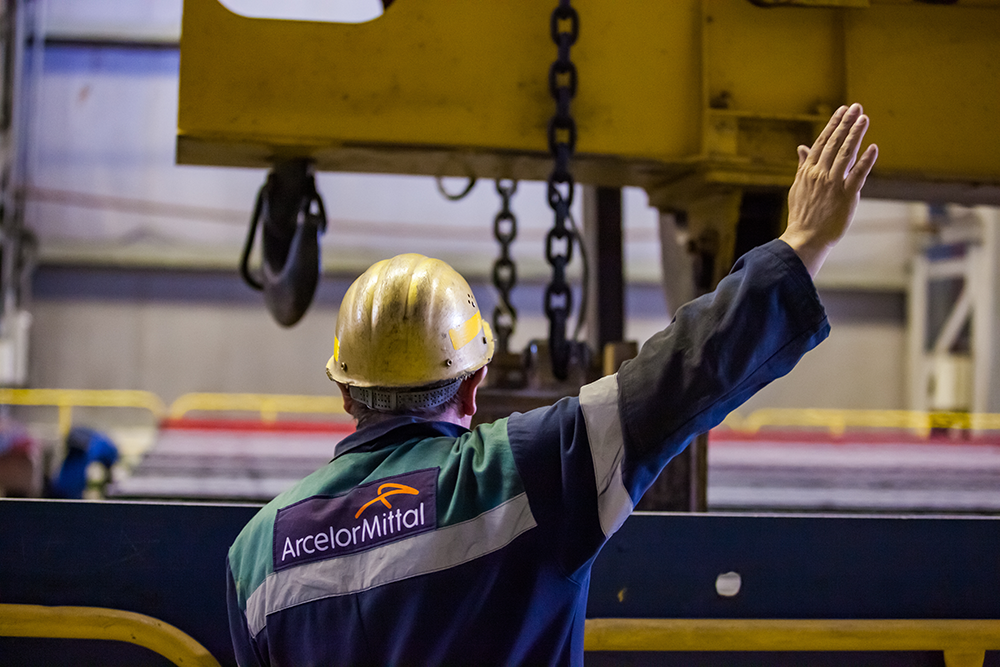
“As the contract with the Federal government of Germany, for €1.3 billion ($1.5 billion) of financial assistance required construction on the DRI-EAF project to commence by June 2025, ArcelorMittal Germany has been obliged to formally notify the government that it cannot proceed with these investments, given the realities of the market and the economics of low-carbon emissions steelmaking,” the company said on June 19.
The group had originally announced its intention to build a DRI plant and EAF at ArcelorMittal Bremen and ArcelorMittal Eisenhüttenstadt, both in Germany, in Q1 2021. Steel industry sources have also warned that DRI-grade iron ore is not as abundant as BF-grade, thus making it more expensive.
Do you know which steel contracting mechanisms are best with different types of market conditions? Check out our best practices on this topic.
